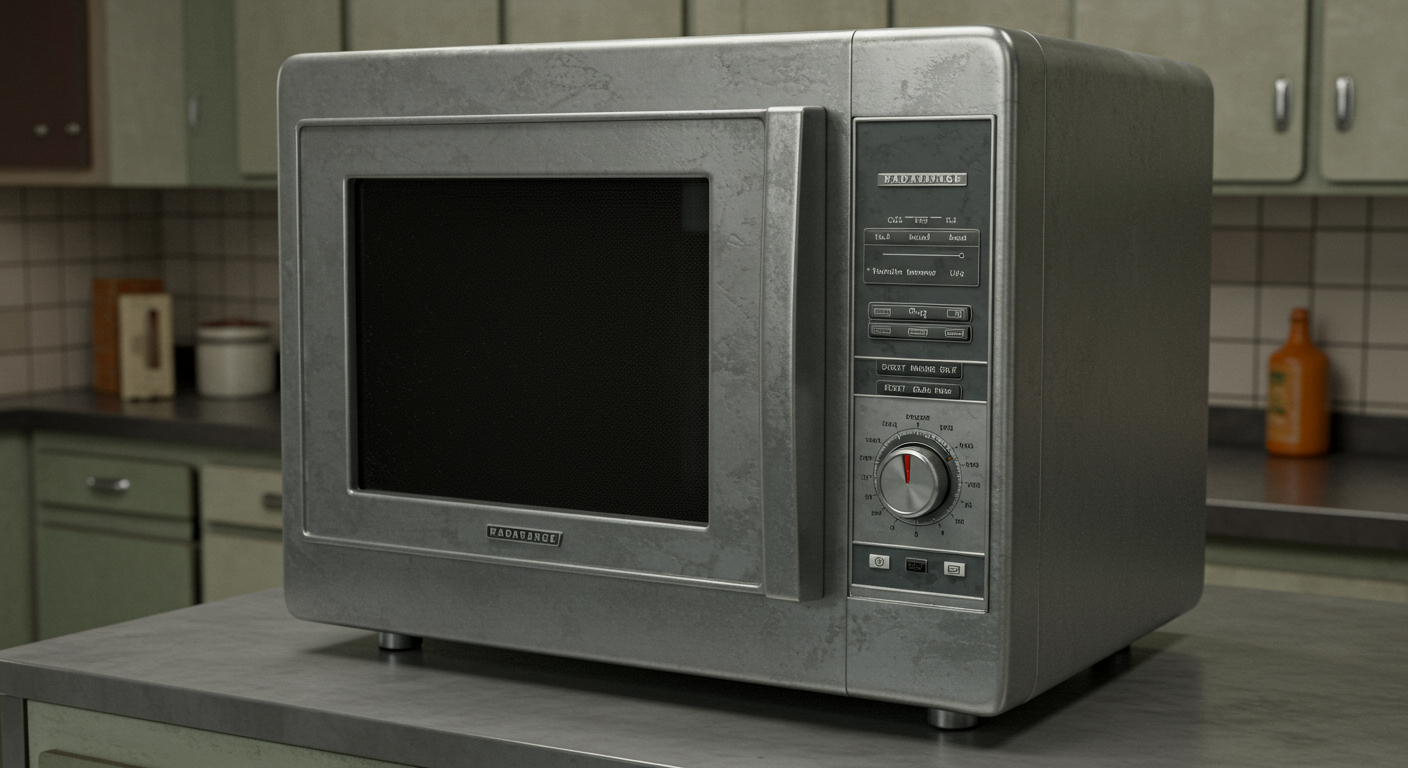Now Reading: Decoding the Dream: A Comprehensive Guide to Choosing the Perfect Mattress
- 01
Decoding the Dream: A Comprehensive Guide to Choosing the Perfect Mattress
Decoding the Dream: A Comprehensive Guide to Choosing the Perfect Mattress

Understanding Mattress Types: A Deep Dive
Choosing a mattress can feel overwhelming. The first step is understanding the different types available. Each type offers unique benefits and caters to different sleep needs. Let’s explore the most common:
Innerspring Mattresses:
These are the traditional mattresses, featuring a coil system for support. They are generally more affordable and offer good bounce. However, motion transfer can be an issue, and they may not contour to the body as well as other types.
Memory Foam Mattresses:
Made from viscoelastic foam, these mattresses conform to your body, providing excellent pressure relief and motion isolation. They’re ideal for side sleepers and those with joint pain. However, they can trap heat and may not be as supportive for heavier individuals.
Latex Mattresses:
Latex mattresses are known for their durability, responsiveness, and breathability. They offer a good balance of comfort and support and are naturally hypoallergenic and antimicrobial. They are often a pricier option.
Hybrid Mattresses:
These combine the best of both worlds, typically featuring a coil system for support and a comfort layer of memory foam or latex. They offer a good balance of comfort, support, and motion isolation.
Air Mattresses:
While often used for temporary sleeping arrangements, some high-end air mattresses offer adjustable firmness and can be a viable option for couples with differing firmness preferences. These use air chambers that are controlled by remote or app to customize the level of firmness.
Decoding Mattress Materials: What’s Inside Matters
Beyond the type of mattress, the materials used play a crucial role in comfort, support, and durability. Understanding these materials helps you make an informed decision.
Coils:
In innerspring and hybrid mattresses, coils provide support and bounce. Different coil types, like Bonnell, offset, and pocketed coils, offer varying levels of support and motion isolation. Pocketed coils, where each coil is individually wrapped, are best for minimizing motion transfer.
Memory Foam:
This versatile material contours to the body, providing pressure relief and motion isolation. Different densities of memory foam offer varying levels of firmness and support. Look for gel-infused memory foam to help regulate temperature.
Latex:
Natural latex, derived from rubber trees, is a durable, breathable, and hypoallergenic material. Synthetic latex is a cheaper alternative but may not offer the same benefits. Dunlop and Talalay are two types of latex processing, with Talalay generally being softer and more breathable.
Foam:
Polyfoam is used in various layers of mattresses for support and comfort. High-density polyfoam provides better support and durability. CertiPUR-US certified foam ensures it’s made without harmful chemicals.
Cover Materials:
The mattress cover can impact breathability and feel. Cotton, bamboo, and wool are common choices, offering breathability and moisture-wicking properties.
Finding the Right Firmness: Tailoring to Your Sleep Style
Mattress firmness is subjective, but it’s crucial for spinal alignment and comfort. Your sleep position significantly influences the ideal firmness level.
Side Sleepers:
Generally, side sleepers benefit from a softer mattress that allows the shoulders and hips to sink in, maintaining spinal alignment. A medium-soft to medium firmness is often recommended.
Back Sleepers:
Back sleepers typically need a firmer mattress that provides adequate support for the spine and prevents sagging. A medium to medium-firm mattress is usually ideal.
Stomach Sleepers:
Stomach sleepers require the firmest mattresses to prevent the hips from sinking too far, which can lead to back pain. A firm to extra-firm mattress is often recommended. However, sleeping on your stomach is generally not recommended due to the strain it puts on your neck and back.
Combination Sleepers:
If you switch positions throughout the night, a medium firmness mattress can provide a good balance of comfort and support. Hybrid mattresses are often a good choice for combination sleepers.
Consider Body Weight:
Heavier individuals often require firmer mattresses for adequate support, while lighter individuals may prefer softer mattresses.
No products found.
Addressing Specific Needs: Mattresses for Allergies, Back Pain, and More
Many mattresses cater to specific needs and health concerns. Here’s how to find the right one:
Allergies:
Look for mattresses made with hypoallergenic materials like natural latex or with covers that are antimicrobial and dust mite resistant. Regularly vacuuming your mattress can also help reduce allergens.
Back Pain:
Mattresses that provide good spinal alignment and pressure relief are essential. Memory foam and hybrid mattresses are often recommended. Consider an adjustable base for added comfort and support.
Hot Sleepers:
Opt for mattresses with breathable materials like natural latex, open-cell memory foam, or cooling gel infusions. Avoid dense memory foam mattresses that can trap heat.
Couples:
Mattresses with good motion isolation are ideal for couples who don’t want to be disturbed by each other’s movements. Memory foam and hybrid mattresses with pocketed coils are good choices.
Eco-Friendly Options:
Consider mattresses made with organic materials like natural latex, organic cotton, and wool. Look for certifications like GOLS (Global Organic Latex Standard) and GOTS (Global Organic Textile Standard).
The Buying Process: Trial Periods, Warranties, and Price Considerations
Purchasing a mattress is an investment. Consider these factors before making a purchase:
Trial Periods:
Many mattress companies offer trial periods, allowing you to test the mattress in your home for a certain period (typically 30-100 nights). This is invaluable for ensuring the mattress is right for you.
Warranties:
Mattress warranties typically cover defects in materials and workmanship. Read the warranty carefully to understand what is covered and for how long.
Budget:
Mattress prices vary widely. Set a budget beforehand and consider financing options if necessary. Online mattress retailers often offer more competitive pricing than brick-and-mortar stores.
Read Reviews:
Research different mattress brands and models and read customer reviews to get a sense of their quality and comfort.
Delivery and Setup:
Check the delivery options and whether the company offers setup services. Some companies offer free delivery and mattress removal.
No products found.















